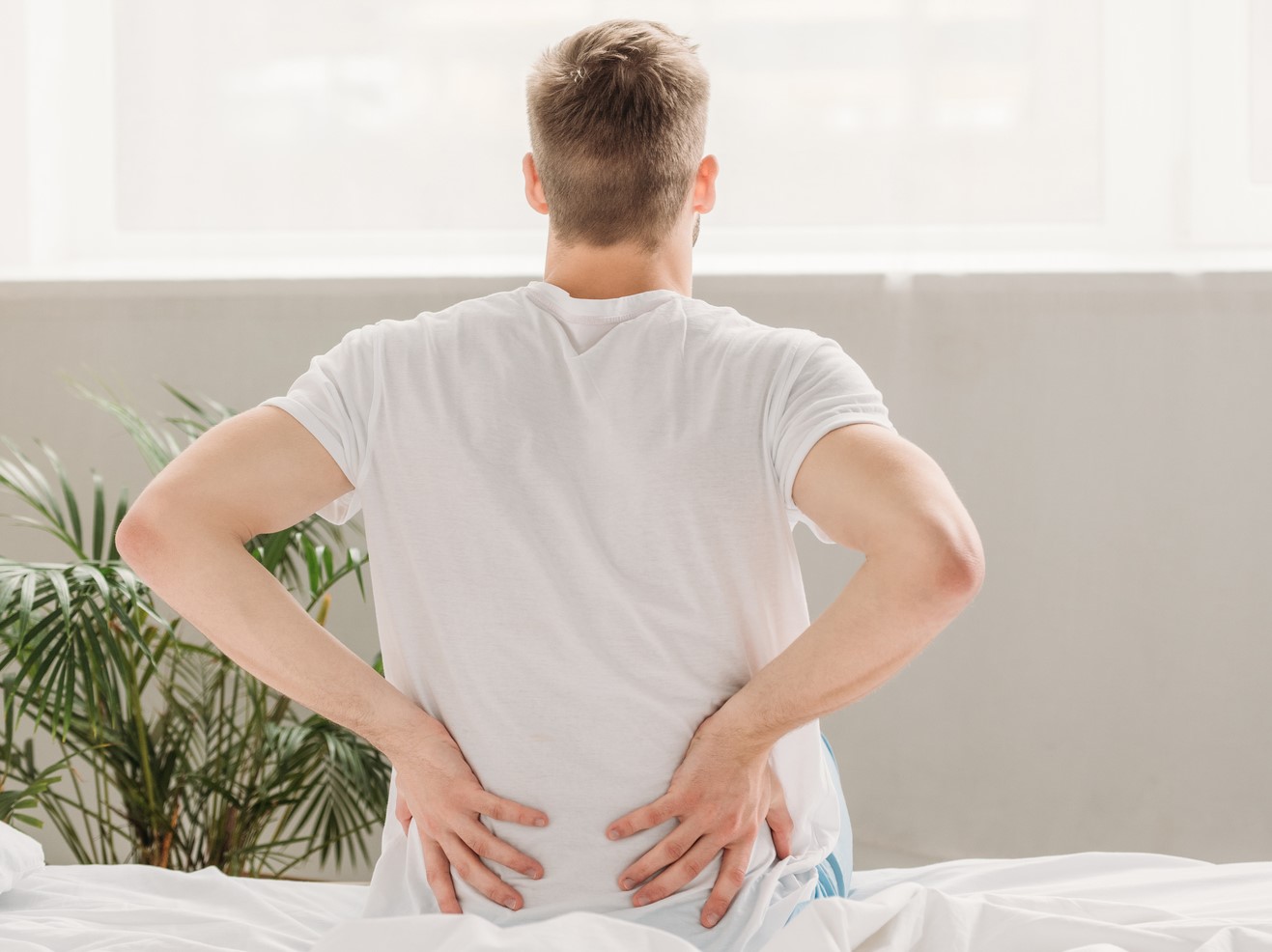When you hear the term Core Strength, most everyone thinks that the term refers exclusively to having strong abdominals. While ab-strength is a part of a stable core, having a stable and strong core involves much more.
Over the years, we have had the opportunity to see patients who present with low back pain that can be directly related to a weakened core, in spite of the fact that their abs looked like washboards.
The truth is Core Strength must also include low back flexibility as well as the knowledge of how to use that strength and flexibility.
Another truth is that if we do not work on Core Strength, the exact opposite happens. Our back muscles become strong because we use them all the time. In fact, our back muscles become tight and as a result we lose flexibility. The domino effect is that, our abdominals become weak because we do not use them. In this scenario, the small delicate joints in the back of our spine get jammed together. This essentially causes these joints to be weight-bearing, which they were never meant to be.
The result? Pain and premature degenerative changes; otherwise known as arthritis.
What’s the fix? The fix is a three-part exercise routine that is designed to:
- Stretch the tight low back soft-tissue (your muscles and ligaments)
- Strengthen the lower abdominals
- Train your pelvis to use your new-found strength and flexibility
After an initial month or two of performing the first two exercises, all you really will need to do is the final training exercise, provided you do it consistently.
Three Exercises To Build Core Strength
It is recommended that all the exercise routines be done on a carpeted floor or a mat.
Exercise One – The Knee-to-Chest Stretch
Begin lying on your back. Bring your knees up to your chest, wrap your hands around your knees and gently stretch them up to your chest.
Make sure there is NO bouncing or jerking motions. There should be NO back pain,
no radiating pain, just a nice firm, steady stretch.
Hold the stretch for 3 to 5 minutes, steady. In this position you should feel a stretching in your lower back and as you hold it, you are looking for a release of tension. If you do not feel a release of tension after the first 2-3 minutes, it might mean that you are holding it a little too tight, causing a stretch reflex, making your muscles work against you. If this happens, just back off a little, notice the new degree of tension and wait for it to release. After you notice a release of tension, bring it back by pulling your knees in a little tighter, holding it for another minute.
Exercise Two – The Knee-to-Chest Pump
Again, begin lying on your back. Without your hands, position your bent knees so they are pointing straight up with your thighs perpendicular to the floor. This is your starting and ending position.
Without your hands, use your abdominals to bring your knees up to your chest. At the top, squeeze your abdominals for 2-5 seconds to make them work harder. Return your knees to the starting position. Repeat enough times to cause your abdominals to burn, then do 5 more. Your goal is always Burn + 5.
Exercise Three – The Pelvic Tilt
Begin lying on your back with your knees bent and your feet flat on the floor.
In this position, you want to tilt your pelvis up in the front, such that the small of your back touches the floor. This is not a pelvic lift, so you should not be pushing down on your feet.
Our experience is that your ability to do this maneuver is directly proportional
to your overall core strength. The easier it is for you to effortlessly touch your
back solidly on the floor, the more stable and strong your core. Many people
feel a bit spastic or uncoordinated in discovering this movement, so don’t worry,
you are not alone.
An alternative to doing this on your back, try doing it with your back against the wall. Begin with your feet about 6-8 inches away from the wall and attempt to touch the small of your back to the wall.
Bottom-line, in order to gain control of many low back painful conditions, this
pelvic movement must be mastered. Keep working on it. If you have questions
or this movement continues to elude you, do not hesitate to call our office. It
would be a pleasure to help walk you through it… free of charge.

